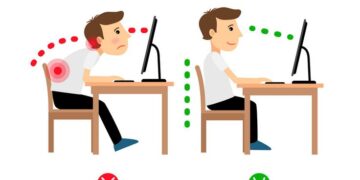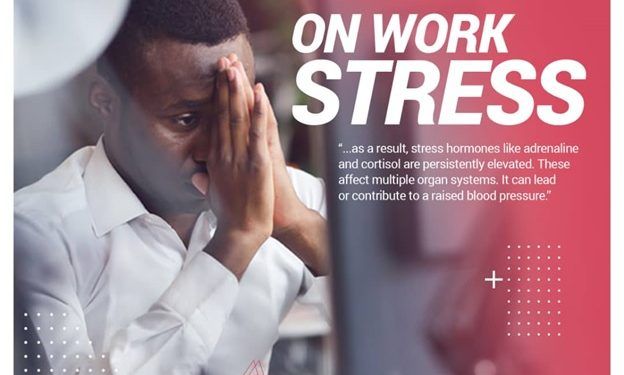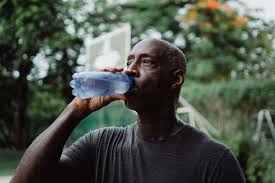It’s a half-moon and you’re in the stone age. You spot a new cozy-looking cave after a snake invasion rendered your last home uninhabitable. As you approach the entrance of your potential new abode, you identify a familiar footprint. Immediately, your pupils dilate to let in as much light as possible. A surge of adrenaline in your blood stream is followed by a rise in your heart rate and blood pressure to power your muscles which are now rock-hard as you square up against an 8 feet tall bear. Your now lightening-quick reflexes help just enough to evade a deathly blow; you’re scratched up but barely bleed as most of the blood supply to your soon sweaty skin has been shunted internally- to minimize bleeding and send it to the muscles, where it’s reallt needed at the time. You make a run for it into the bushes and out of range of your attacker and your physiology soon returns normal. You have just experienced an appropriate response to acute stress.
Stress can be defined as any situation or condition that threaten to disturb the state of equilibrium, or the process by which this happens. But for clarity, I will refer to stress and the process and ‘stressor’ as the offending situation/agent. Stress is not inherently negative. In fact, it is necessary to drive growth and development. Even in our modern world, a certain level of stress is helpful, for example the fear of failing that final paper or bungling that crucial presentation was in some ways necessary to push you to do your very best and be successful. Too little; you slack off. Too much; you can barely concentrate. When stress causes problems of significance to our physical and mental health, it is usually either instantaneous and , usually obviously, excessive or chronic and sometimes insidious. The latter is most relevant in occupational settings
In contrast to bears and snakes, today’s stressors are less tangible. They could be anything from that uncomfortable chair that aggravates your back ache to the strained relationship with your boss since you rejected their advances. Though their dangers may not be immediately apparenet, these elusive but persistent stressors are more harmful than they appear. The human body is better equipped to respond to transient stressors. When stress is persistent, no matter how apparently ‘small’ to the external observer the response switch is kept ‘on’ for longer than it is supposed to. As a result, stress hormones like adrenaline and cortisol are persistently elevated. These affect multiple organ systems. It can lead or contribute to a raised blood pressure (hypertension), altered blood sugar and fat metabolism (diabetes, high cholesterol), migraines, mental health disorders (depression, anxiety etc) amongst a host of others.
The first step to dealing with these stressors is identification. Three major groups of stressors include biological (e.g. chronic pain), psychosocial (e.g. from relationships), occupational ( school work, work dynamics etc.) Our next publication will focus on dealing with occupational stress.































